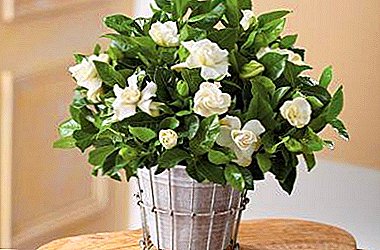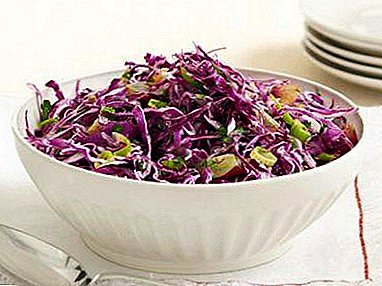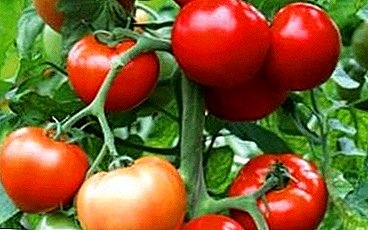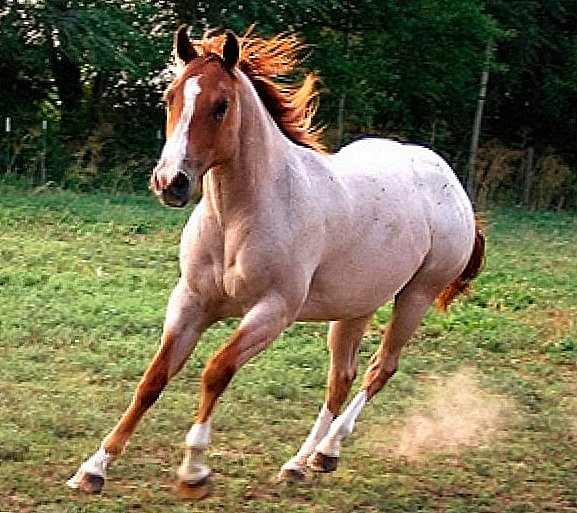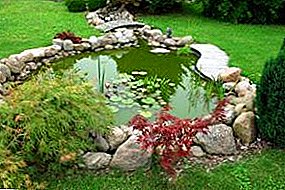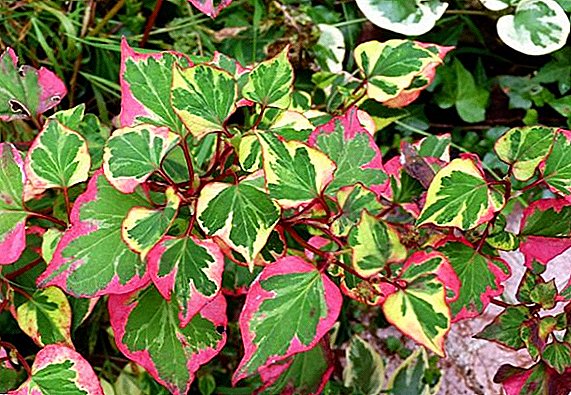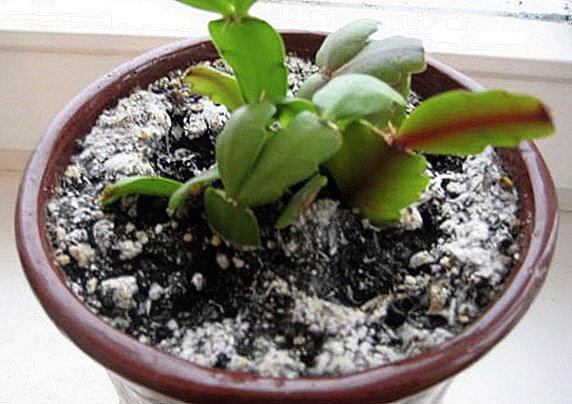
Hyacinth is one of the earliest spring flowers. Him bright, colorful cobs make their way out of the ground as soon as the snow comes down and decorate the still empty flower bed.
To hyacinth gave beautiful flowering at the right time, it is necessary follow the rules planting and caring for him.
Landing place
 To place the planting of hyacinth in the open ground, it is necessary to select the area where there will be no stagnation of water. Best suited area under a slope or on a hill.
To place the planting of hyacinth in the open ground, it is necessary to select the area where there will be no stagnation of water. Best suited area under a slope or on a hill.
It is also necessary to take into account that the location of groundwater under this platform should not be closer than 70 cm to the surface.
For hyacinth in the garden is also important soil composition. The primer should be light, air permeable and air permeable.
The flower is demanding on the amount of nutrients in the substrate. Acidic soil must necessarily aggravate, and in the clay to add a sufficient amount of sand or peat.
Outdoor cultivation
Time and landing rules
Hyacinths are planted from late September to early November. Early planting provokes growth, and the flower will not be able to winter. If you are late in planting, then cover them with a foliage.
Before this, the soil must be carefully prepared. Dig the site to 2 months. At the same time, humus 10–15 kg, superphosphate — 70–80 g., Potassium sulphate or wood ash — 200 g., Dolomite flour or magnesium sulphate — 250 g. per square meter.
In the wells also add humus. But you can not add fresh or weakly dung.
How to select and prepare the bulbs?
The bulb has a spherical shape. Its core consists of a germinal bud, which is surrounded by numerous scales, which are formed over four years. Full planting material becomes 5-6 years. After the sixth year, daughter scales appear on the bulb, from which new specimens can be grown.
Planting material, depending on the variety has different sizes. Terry varieties have the smallest onion.
Bulbs suitable for planting in open ground not less than 4 cm in diameter. At the same time they must be tight, elastic, without damage. On the bottom side should be visible the beginnings of the roots.
IMPORTANT!
The bottom of a high-quality bulb should be 1.5 times smaller in diameter than the base.
Landing rules
Before placing the hyacinth in the soil it should be disinfected - soak for 30 minutes in a solution of potassium permanganate or foundationol.
The bulbs are located at a distance of at least 20 cm from each other. Between small ones, it is necessary to leave a distance of 10 cm. The holes are dug out so that the bulb deepens no more than 15 cm. The bottom of the hole is necessarily laid out with a layer of sand that acts as a drain.
After planting, hyacinths sprinkled with a layer of soil, and then cover with a mulch layer. When frost occurs, the landing area with plantings is additionally covered with spruce branches or branches.
To carry out proper fit and care for hyacinths in the garden in the open ground will help you photo:


Spring care
As soon as the snow cover disappears, the mulch layer is removed. Immediately after the snow melt, they do not need to be watered, as moisture in the soil is sufficient, and waterlogging for hyacinths is dangerous, they can become infected with fungus.
Watering is necessary only if there is no rain and you can see a significant drying out of the soil.
Three times during the period of growing hyacinths should feed: after the appearance of the first shoots, during flowering and immediately after flowering. The first feeding is carried out with nitrate. In the second, superphosphate and potassium chloride are added to a small amount of nitrate. The third dressing consists of superphosphate and potassium chloride.
IMPORTANT!
Do not apply nitrogen fertilizers after flowering, so as not to provoke repeated growth of the kidney.
Preparing for the new season
 After flowering wait for the leaves to dry completely, only after that they need to dig.
After flowering wait for the leaves to dry completely, only after that they need to dig.
The annual procedure for removing bulbs from the ground - a mandatory procedure. If they are not digged, the flowers become smaller.
Dig out the bulbs in June-July. They are thoroughly cleaned of leaves and earth. It is advisable to wash the bulbs in a weak solution of potassium permanganate and dry.
Do not cut the leaves, but carefully separate them from the bulb by hand.
Drying process lasts a week or two. Bulbs should be stored at a temperature of 18-20 degrees in a dry place. Then hyacinths are placed in paper bags or cardboard boxes. Further storage of planting material is a crucial moment, since it is at this time that the buds of the flower are laid.
Two months of the bulbs are kept in a room where the temperature is at least 25 degrees. Then you should sharply reduce the temperature to 15-17 degrees. Humidity needs increased air so that the bulbs do not dry out.
TIP!
If the moisture in the air is not enough, the bulbs can be slightly sprinkled with water.
How to propagate the plant?
Hyacinths are propagated by seeds and children.
- Seed method. With this method, you can get varieties of new colors. Hyacinths grown from seeds will bloom in 6-7 years. Sowing is done in boxes filled with a mixture of humus (2h.), Leafy earth (1h.), Sand (1h). The growth of seed bulbs lasts 2 years.
- Reproduction kids. Maternal bulb produces 1-2 babies per year when it reaches 4-5 years of age. It is possible to separate a baby from the main bulb only when it practically falls off from it. If the baby keeps tight, it can not be broken off.
The resulting kids are planted in a separate area at a shallow depth. Planting is covered with a large layer of mulch.
Accelerated breeding method
It is an artificial increase in the amount of planting material. For this method, you will need to sacrifice an adult onion, which will no longer be able to give flowers.
 Hyacinth can multiply quickly in two ways:
Hyacinth can multiply quickly in two ways:
- Interruption of flowering. As soon as the peduncle appears from the center of the spring bulb, it must be cut out and continue to care for the hyacinth as usual. This technique allows you to direct all the forces of the mother bulb to the formation of children, and the field of the withering of the leaves you dig up the bulb from the ground and find its division into a large number of small onions.
- Cutting Donets. At the bottom of an adult onion, a cross-shaped incision is made with a depth of 0.5 cm. After that, it is necessary to hold the bulb in a dry, warm room where it will open. Then it is treated with a fungicide and planted in the ground cut up. At the site of the cut grows 8-10 small onions.
Growing hyacinth requires some effort. But with all the rules, he will delight you with bright and fragrant buds more than one spring.


